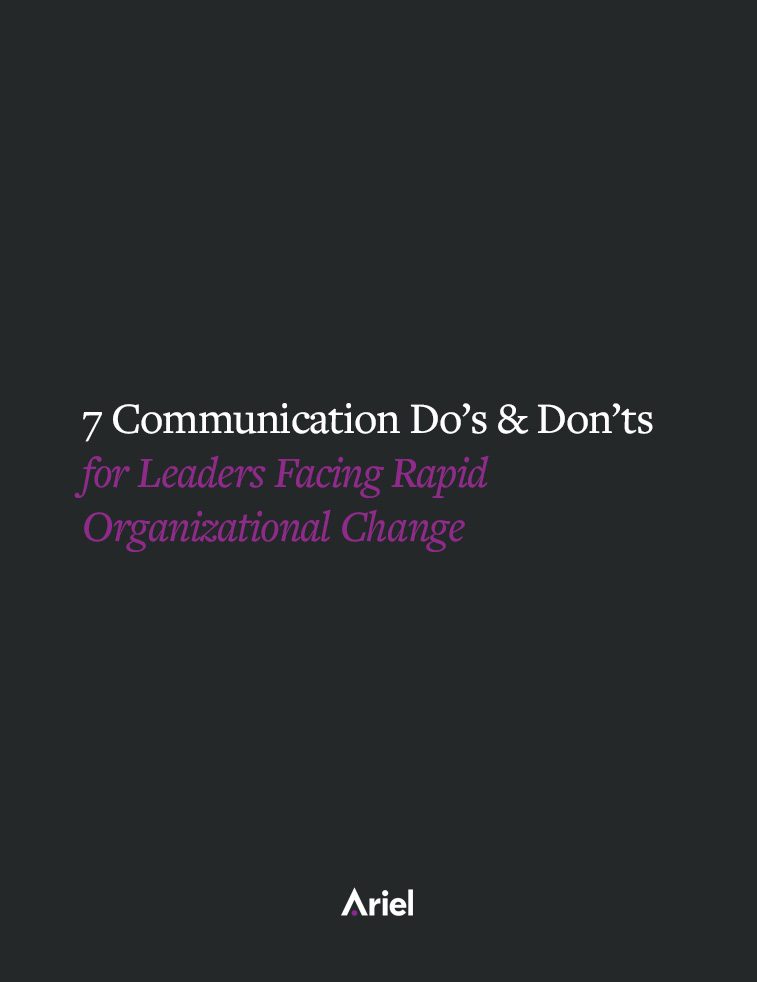5 Proven Leadership Training Activities & Ideas

Effective leaders are the backbone of every successful business, yet very few people are born leaders. A simple and cost-effective way to cultivate leadership excellence at all levels of your company is to incorporate engaging leadership training activities and ideas into your workplace culture. Doing so, in addition to ensuring that your team has the skills they need to effectively lead, will engage employees and make stakeholders feel more confident.
ROI of Leadership Training Activities
3 Largest Leadership Gaps
5 Engaging Leadership Training Activities
ROI of Leadership Training Activities
Effective leadership training activities strengthen your team in multiple ways.
- Participants get insight into their existing positive leadership qualities and areas they can improve upon.
- A bond forms between team members – they learn to trust each other and communicate more effectively.
- Participants gain confidence.
The 3 Largest Leadership Gaps
According to Deloitte’s Leadership for the 21st Century, there are three areas where significant leadership gaps exist within many organizations.
- Transparency. Transparency fosters trust and respect within your company.
- Internal collaboration. Team members need to shift their focus beyond their individual responsibilities and work more closely with each other.
- Performance management. Measuring an individual’s success is a powerful way to shape his or her behavior.
5 Engaging Leadership Training Activities
Improve your team’s leadership skills while developing team cohesion with these easy-to-implement leadership training ideas that address the issues of transparency and internal collaboration.
Lead a Check-In:
To help team members connect, begin internal and virtual meetings with the facilitator asking participants to describe how they are feeling in one word. Doing so serves as a listening warm-up, connects participants to each other, and makes each person feel included and heard. In addition, it fosters an increased level of emotional intelligence since having an understanding of how their coworkers are feeling enables participants to empathize with each other.
Initiate a “Ha” Circle:
This experiential exercise creates an environment of collaboration and is a great energy builder. People stand in a circle and actively pass around the sound “ha” to each other. They do so by saying “ha” at the same time as clapping their hands in the direction of the person they are passing their “ha” to. The recipient of the “ha” repeats the same actions.
The idea is to get the “ha” out of your hands as quickly as possible. Everyone must remain focused and present, make eye contact, and trust that someone will send the “ha” to them. The word “ha” can be replaced with a word of your choice.
Host a “Cocktail” Party:
This exercise establishes that you don’t need a certain title to have leadership presence — the ability to command a room, confidently share your thoughts, and communicate persuasively and impactfully. It also helps to break down hierarchical walls to create a culture of collaboration.
Participants receive a piece of paper with a number from 1 to 4 on it. Each number represents a predetermined role, for example, 1 might be CEO and 4 an intern. Once they have their numbers, participants pretend they are having a cocktail party, act out their assigned role, and must guess which role each person has. At the end of the exercise, participants discuss how they were presenting themselves and what they could do to improve their leadership presence.
Hold a Big Bad Idea Meeting:
Engage and unlock your team’s creativity, while making members feel they are providing value, by inviting everyone to share ideas they have regarding a project no matter how outlandish or edgy they perceive them to be. It’s amazing how people free-flow ideas when not feeling stifled by an air of judgment. Throw everyone’s ideas up on a white board and determine as a team which ones are feasible.
Share A Personal Best Moment:
To help team members establish trust and learn a new style of listening – one that recognizes and validates the other person – split your team into groups of two. Have one team member share a best personal or professional moment with the other, who will then reflect back why they feel the person sharing the moment was successful. This reflection enables team members to identify and acknowledge each other’s and their own strengths. It also helps them to articulate the value they bring to the table professionally or in their personal lives.
How to Foster Leadership Skills on an Ongoing Basis
If your company does the above leadership training activities once or a few times, significant change is unlikely to occur. Leadership development, especially around behavior change, must be consistently worked on as the over 1,000 companies Ariel has helped.
Our leadership skills offerings, including executive coaching, communication skills training, sales training programs, and executive presence training can be tailored to successfully meet your specific business needs. Reach out to start a conversation.
